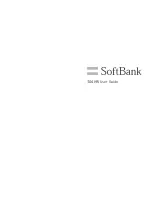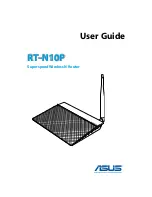
LE910-SKG AT commands reference guide
80437ST10619A Rev.1 – 2014-09-16
Reproduction forbidden without Telit Communications S.p.A. written authorization - All Rights Reserved
page 193 of 273
#SRECV – Received Data in Command Mode
AT#SRECV=?
Test command returns the range of supported values for parameters
<connId>
<maxByte>
and
<UDPInfo>
Example
SRING URC (<srMode> be 0, <dataMode> be 0)
telling data have just come
through connected socket identified by <connId>=1 and are now buffered
SRING: 1
Read in text format the buffered data
AT#SRECV=1,15
#SRECV: 1,15
stringa di test
OK
Or:
if the received datagram, received from <IPaddr and <IPport> is of 60 bytes
AT#SRECV=1,15,1
#SRECV: <IPaddr>,<IPport>,1,15
stringa di test
OK
SRING URC (<srMode> be 1, <dataMode> be 1
)
telling 15 bytes data have just
come through connected socket identified by <connId>=2 and are now buffered
SRING: 2,15
Read in hexadecimal format the buffered data
AT#SRECV=2,15
#SRECV: 2,15
737472696e67612064692074657374
OK
Or:
if the received datagram, received from <IPaddr and <IPport> is of 60 bytes
AT#SRECV=2,15
#SRECV: <IPaddr>,<IPport>,2,15
737472696e67612064692074657374
OK
SRING URC (<srMode> be 2, <dataMode> be 0)
displaying (in text format) 15
bytes data that have just come through connected socket identified by <connId>=3;
it’s no necessary to issue #SRECV to read the data; no data remain in the buffer
after this URC
SRING: 3,15, stringa di test
#SSEND – Send Data in Command Mode
Summary of Contents for LE910-SKG
Page 1: ......
















































